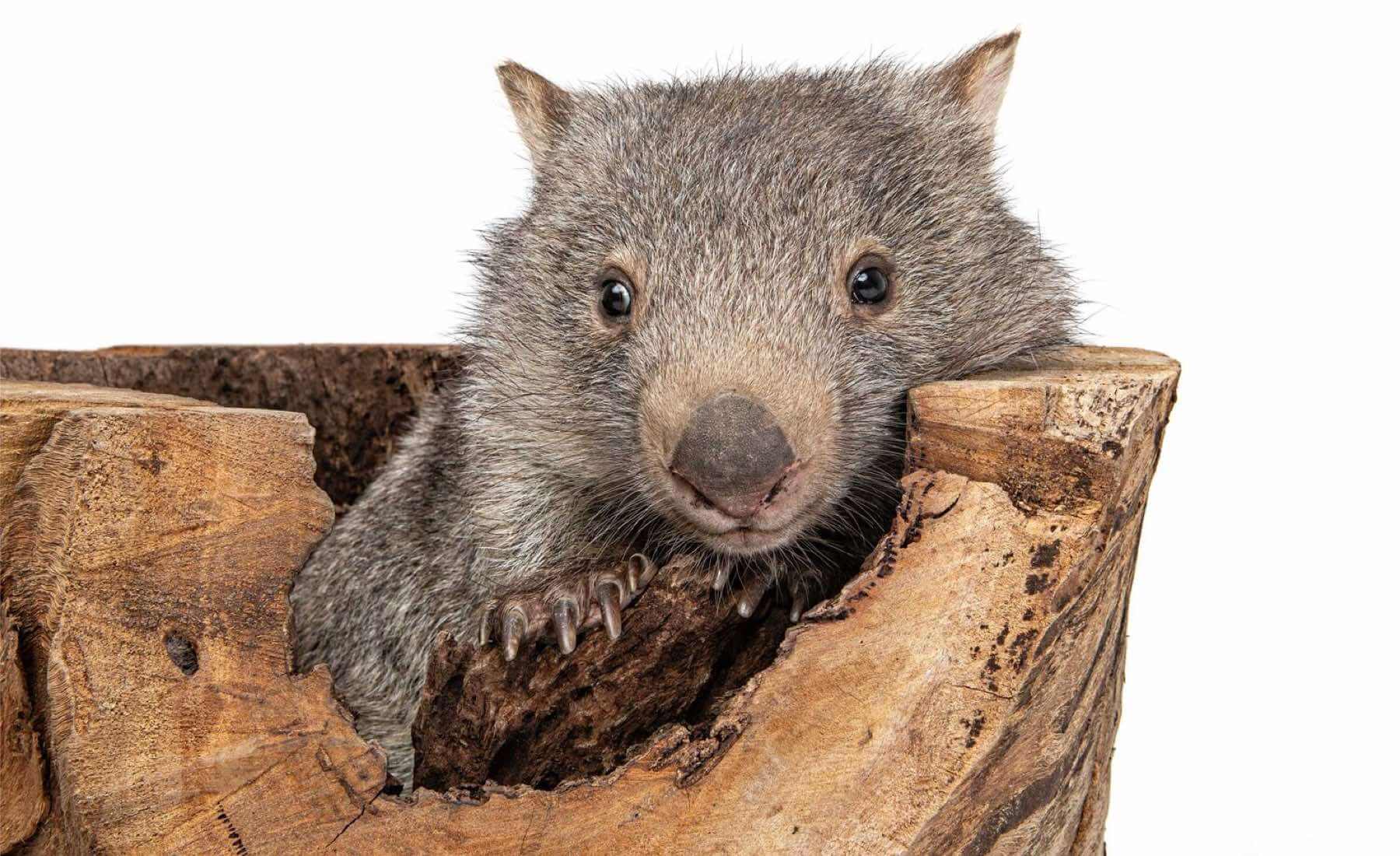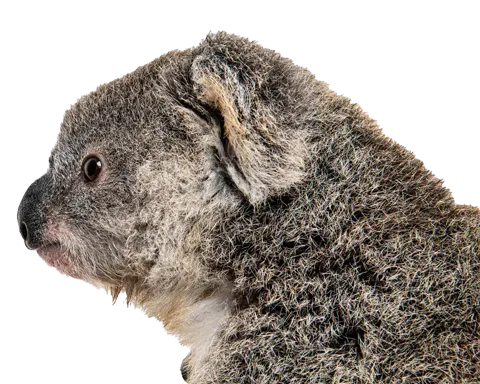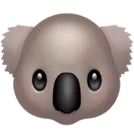
Wombats are large mammals that can weigh between 20-35kg. They are slow moving, remain in their home range, and can be territorial of their burrows. They tend to be nocturnal, so humans will often not seem them unless they are sick or injured. Wombats are often victims of road accidents, and can be attacked by other animals. Wombats can also be debilitated by a skin disease called mange which can eventually lead to blindness and death. This condition is serious, but can be cured with highly specfic care from a trained rescuer. If you suspect a wombat of having mange, they need our help immediately.
• Ensure your own safety whenever stopping on a road. Remove dead or injured animals from the road when possible to reduce the possibility of further injury to humans or other wildlife, including a live joey.
• If you can’t move the wombat, try to set up warning barriers so following cars don’t do further damage. Park your car back from the site and put on your hazard lights, so at least cars might slow down on approach. You might consider phoning the local police.
• If you find a wombat injured or sick, please take careful note of the area it is in. If the animal is lying on the ground, cover it with a blanket or towel and something more secure like a weighted down box if possible. Give the local wildlife group a GPS location, a photo, and detailed description of the roads and landmarks so it can be easily found.
• When approaching an injured wombat, beware of sharp claws and teeth in particular. Minimise stress by covering at least the head, with a towel or blanket.
• Be aware that joeys may survive a vehicle collision. Always check the pouch of a marsupial animal like a wombat.
• If the mother is dead but there is a live joey, not attached to the teat, wrap the joey warmly and securely in a inside out pillowcase or bag. Keep it warm with your own body heat or a wrapped bottle of warm water near it.
• If the joey is still attached to the teat of a dead mother, please follow the directions given for kangaroo joeys still attached. If you feel comfortable to do so, remove the joey using the same method as given for kangaroos. Be aware that the wombat’s pouches face backwards so it might be harder to find and remove a live joey. If you are not comfortable to remove the joey, cover and secure the dead mother with baby and make a careful note of the location, taking note of GPS coordinates and any significant landmarks.
• Contact a vet or local wildlife group as soon as possible.
• Do not attempt to give any food or water.


